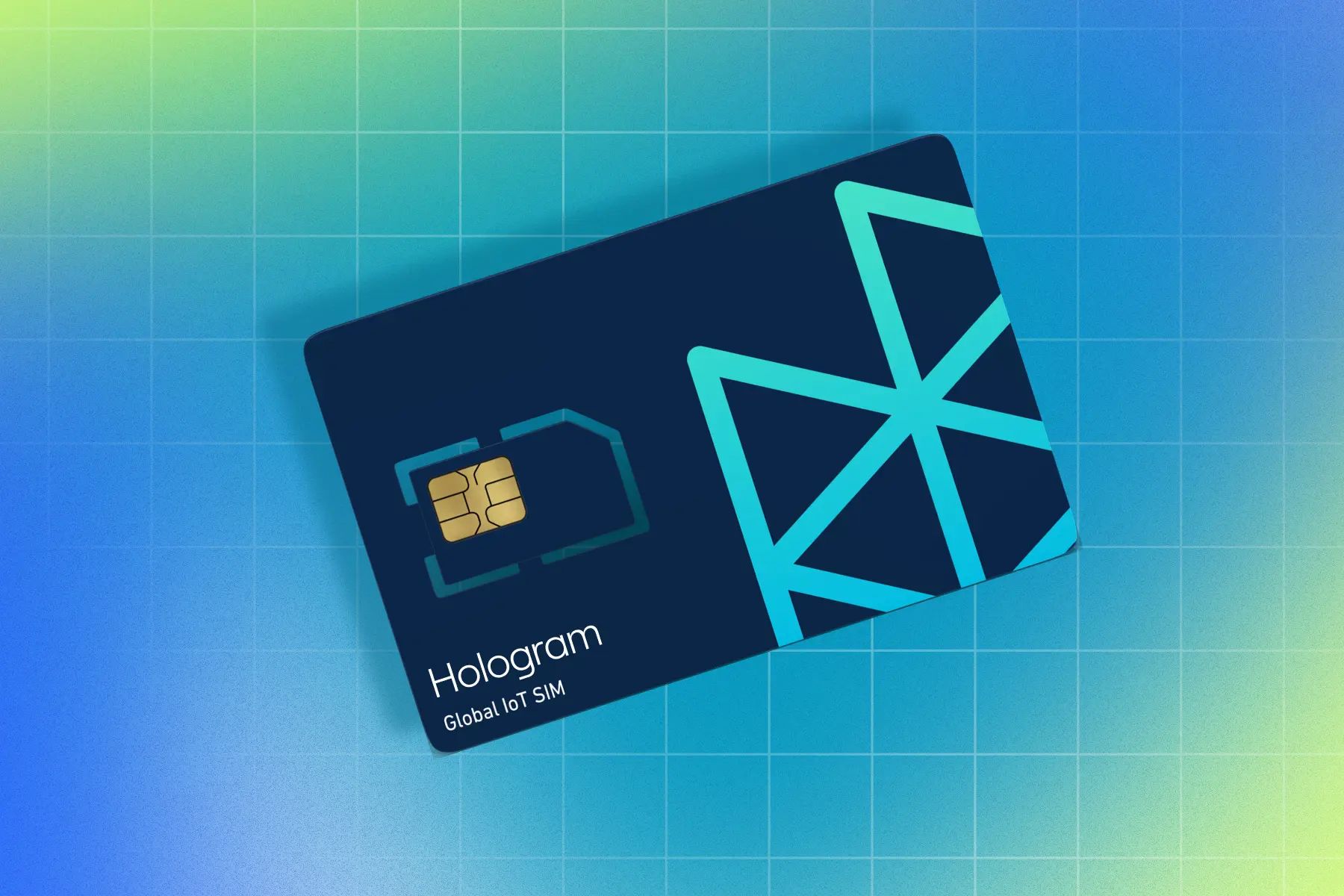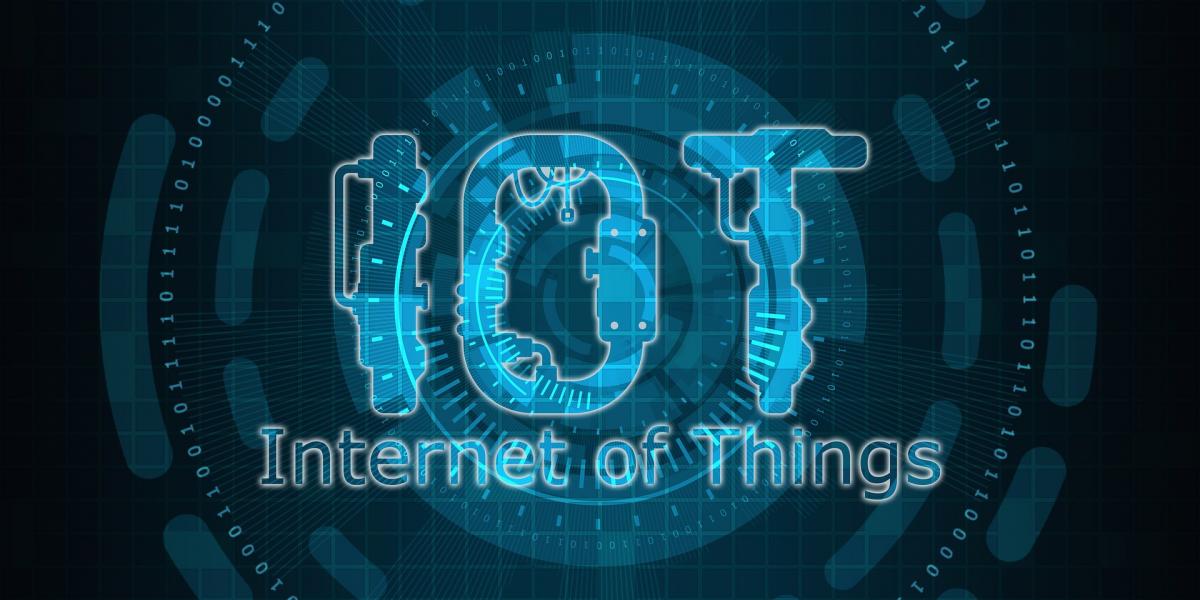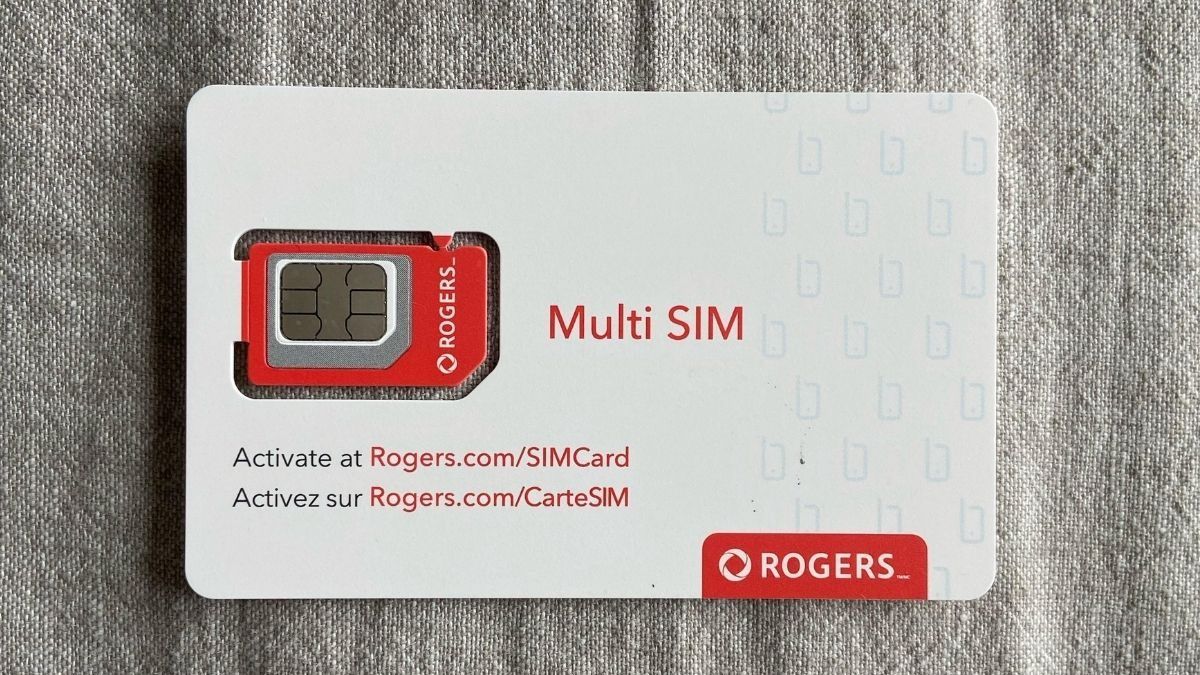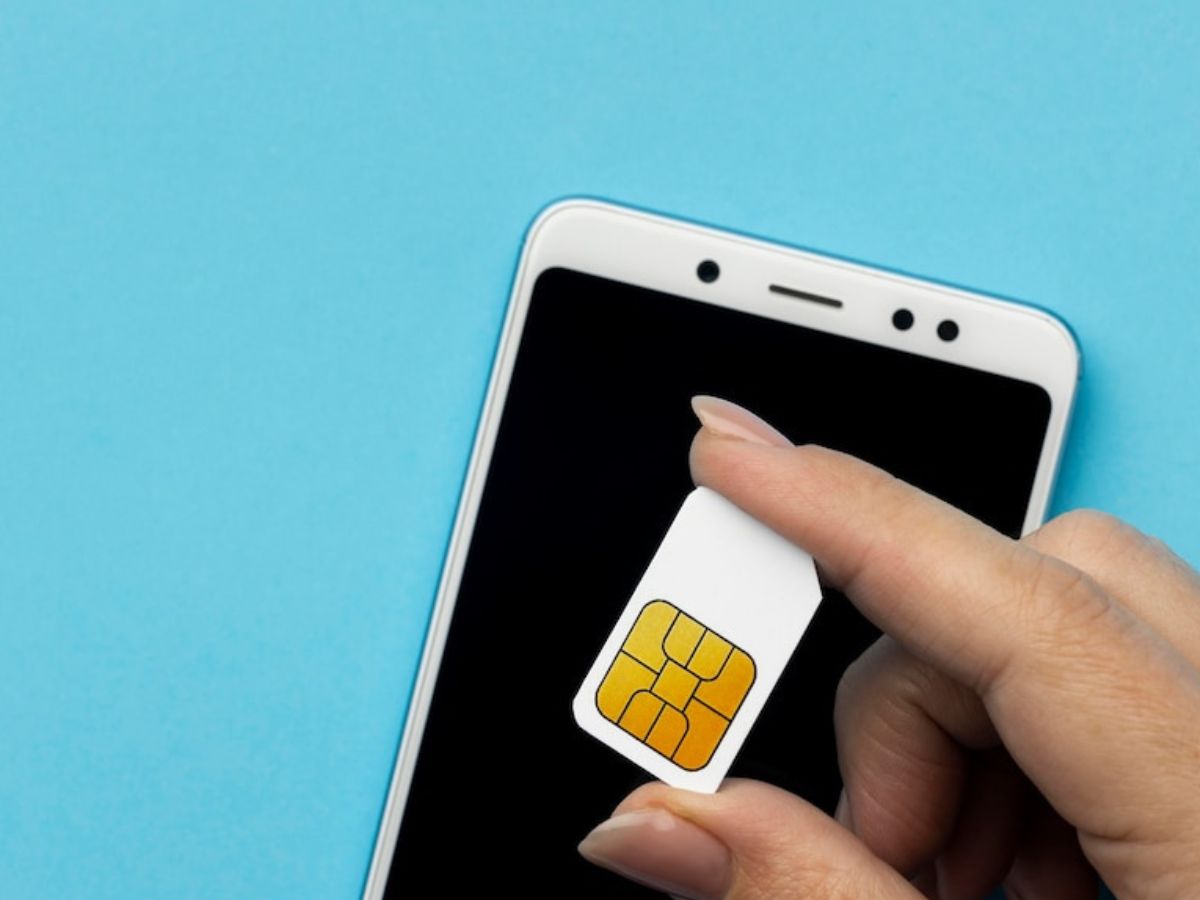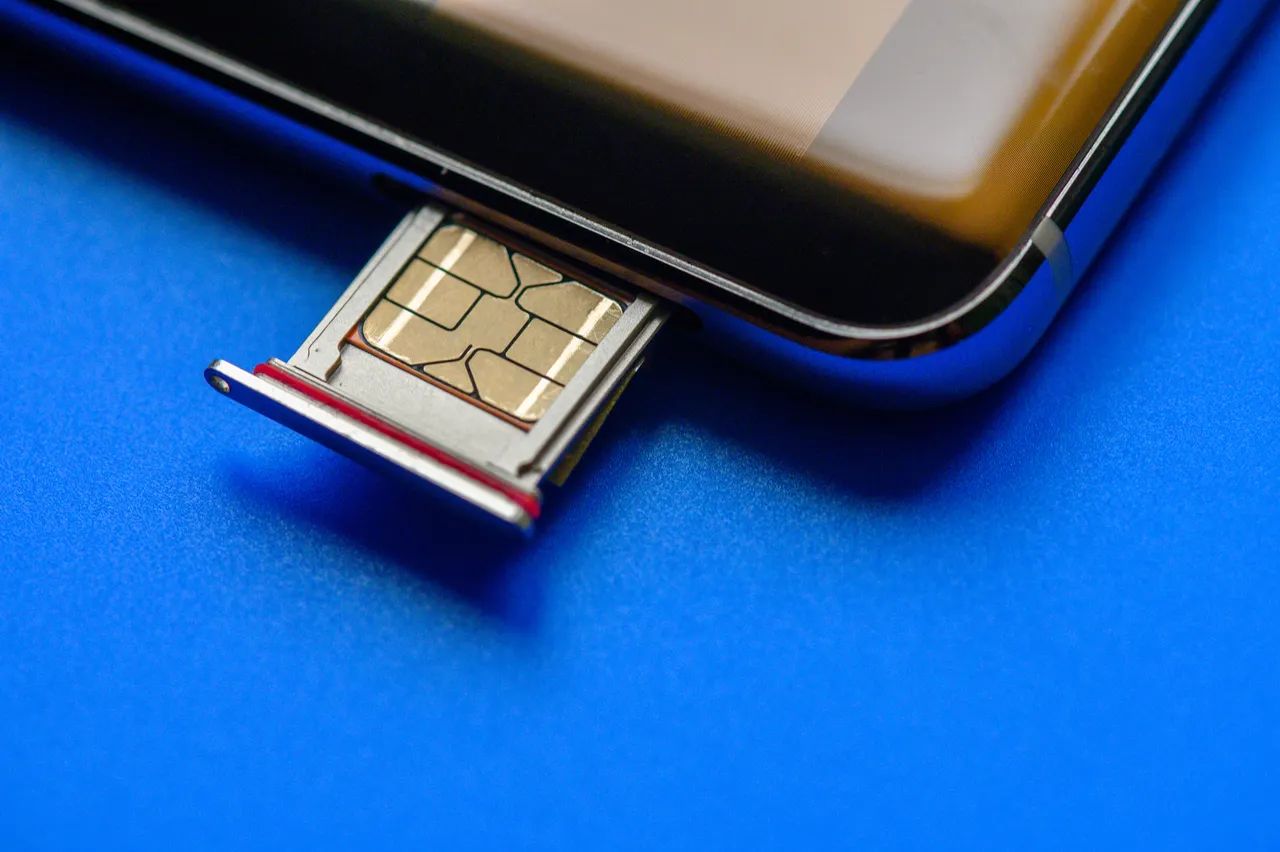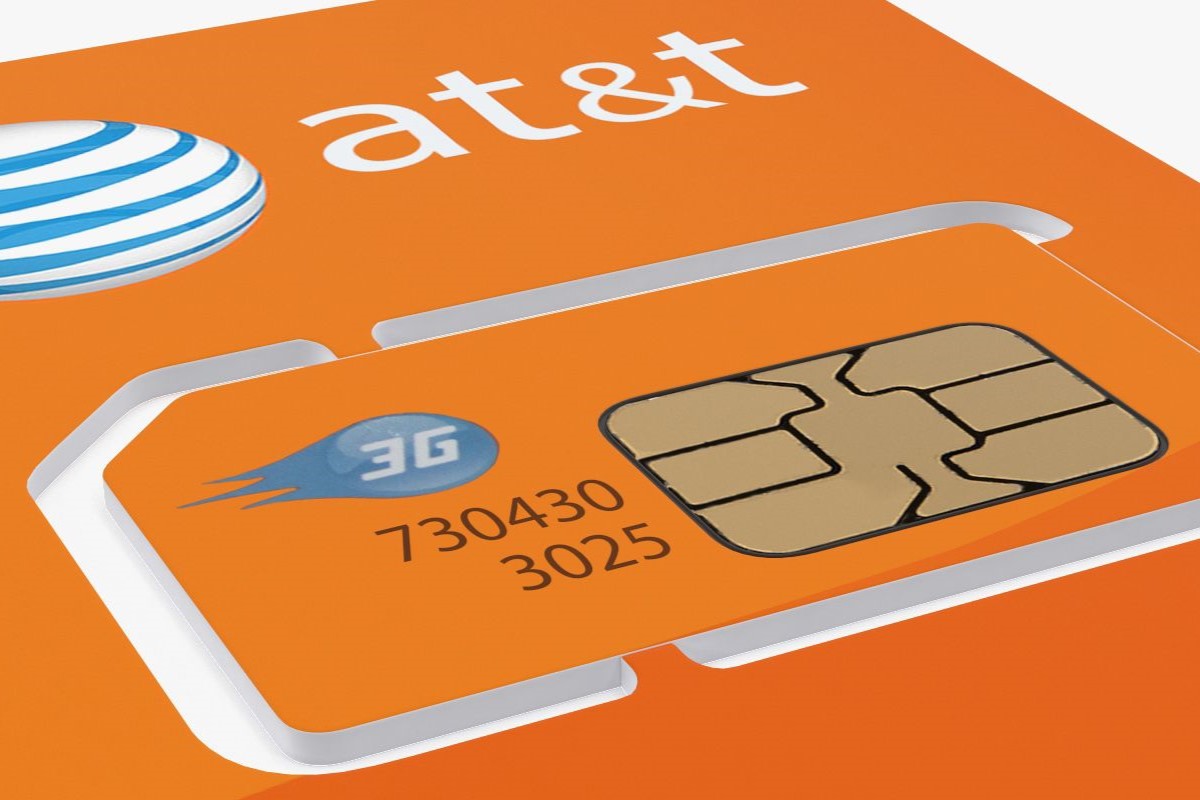Introduction
The evolution of technology has ushered in an era where connectivity is no longer limited to traditional devices such as smartphones and computers. The advent of the Internet of Things (IoT) has revolutionized the way in which various devices communicate and exchange data, leading to increased efficiency and convenience in numerous industries. At the heart of IoT connectivity lies the IoT SIM card, a crucial component that facilitates seamless communication between IoT devices and the network.
As the IoT landscape continues to expand, the demand for reliable and efficient connectivity solutions has surged. This has propelled the prominence of IoT SIM cards, which play a pivotal role in enabling the seamless transfer of data between IoT devices and the cloud. Understanding the intricacies of IoT SIM cards is essential for businesses and individuals seeking to harness the full potential of IoT technology.
IoT SIM cards are not merely conventional SIM cards repurposed for IoT devices; rather, they are specifically designed to cater to the unique requirements of IoT applications. By delving into the various aspects of IoT SIM cards, including their types, functionality, and benefits, it becomes evident that these specialized cards are instrumental in driving the proliferation of IoT technology across diverse sectors.
In the subsequent sections, we will explore the nuances of IoT SIM cards, shedding light on their types, operational mechanisms, and the myriad advantages they offer. By gaining a comprehensive understanding of IoT SIM cards, businesses and individuals can make informed decisions when selecting the most suitable connectivity solutions for their IoT deployments. Let's embark on this journey to unravel the intricacies of IoT SIM cards and unveil the transformative potential they hold in the realm of connected devices.
What is an IoT SIM Card?
An IoT SIM card, also known as a machine-to-machine (M2M) SIM card, is a specialized subscriber identity module designed to enable connectivity for IoT devices. Unlike traditional SIM cards used in smartphones, IoT SIM cards are tailored to meet the unique demands of IoT applications, offering enhanced functionality and flexibility. These SIM cards are integral to the seamless operation of IoT devices, providing them with the capability to transmit and receive data over cellular networks.
IoT SIM cards are engineered to withstand the rigors of IoT environments, where devices may be deployed in remote locations or subjected to harsh conditions. They are equipped with robust security features to safeguard the integrity and confidentiality of data transmitted by IoT devices, addressing the heightened security concerns associated with IoT deployments.
Furthermore, IoT SIM cards come in various form factors, including traditional plastic SIM cards, embedded SIMs (eSIMs), and solderable SIMs, catering to the diverse requirements of IoT devices. The versatility of IoT SIM cards extends to their compatibility with multiple network operators, enabling seamless connectivity across different regions and networks.
One of the defining characteristics of IoT SIM cards is their ability to support remote device management. This feature empowers businesses to efficiently monitor and manage their IoT deployments, facilitating tasks such as remote provisioning, over-the-air updates, and real-time diagnostics. Such capabilities are instrumental in optimizing the performance and reliability of IoT devices, thereby minimizing operational disruptions.
In essence, IoT SIM cards serve as the linchpin of IoT connectivity, enabling a myriad of devices to communicate and exchange data across vast networks. As the IoT ecosystem continues to burgeon, the role of IoT SIM cards in underpinning seamless, secure, and scalable connectivity for IoT devices becomes increasingly pronounced. Understanding the fundamental attributes and functionalities of IoT SIM cards is pivotal for businesses and individuals seeking to harness the transformative potential of IoT technology.
Types of IoT SIM Cards
IoT SIM cards encompass a diverse array of types, each tailored to address specific connectivity requirements and operational considerations. Understanding the distinct characteristics of these IoT SIM card variants is essential for businesses and individuals seeking to deploy IoT devices across varied environments. The following are the prominent types of IoT SIM cards:
-
Traditional Plastic SIM Cards: These are conventional SIM cards, akin to those used in smartphones. They are available in standard, micro, and nano sizes, catering to different IoT device form factors. Traditional plastic SIM cards are well-suited for IoT deployments where devices require a removable and interchangeable SIM card.
-
Embedded SIMs (eSIMs): Embedded SIMs, also known as eSIMs, are integrated into IoT devices during the manufacturing process. Unlike traditional SIM cards, eSIMs do not require physical swapping and can be remotely provisioned and managed. This feature is particularly advantageous for IoT deployments in remote or inaccessible locations, as it eliminates the need for manual SIM card replacement.
-
Solderable SIMs: Solderable SIM cards are directly soldered onto the circuit boards of IoT devices. This integration offers a compact and secure connectivity solution, ideal for IoT applications where space constraints and durability are paramount. Solderable SIMs provide a robust and tamper-resistant connectivity option, ensuring uninterrupted operation in challenging environmental conditions.
-
Multi-IMSI SIM Cards: Multi-IMSI (International Mobile Subscriber Identity) SIM cards are designed to operate across multiple networks and geographical regions. This versatility enables IoT devices to seamlessly switch between network operators, ensuring continuous connectivity even in areas where a single network may be unreliable or unavailable. Multi-IMSI SIM cards enhance the resilience and global reach of IoT deployments, making them suitable for diverse international applications.
-
Industrial-Grade SIM Cards: Industrial-grade SIM cards are engineered to withstand harsh environmental conditions, including extreme temperatures, humidity, and mechanical stress. These SIM cards are well-suited for IoT deployments in industries such as manufacturing, agriculture, and logistics, where devices operate in rugged and demanding settings. Industrial-grade SIM cards offer robust connectivity and resilience, ensuring consistent performance in challenging operational landscapes.
By comprehensively understanding the distinct characteristics and functionalities of these IoT SIM card types, businesses and individuals can make informed decisions when selecting the most suitable connectivity solution for their IoT deployments. The versatility and tailored features of these IoT SIM card variants underscore their pivotal role in enabling seamless and reliable connectivity for a myriad of IoT devices across diverse industries and applications.
How IoT SIM Cards Work
IoT SIM cards operate as the cornerstone of connectivity for IoT devices, facilitating the seamless exchange of data between devices and the network. The functionality of IoT SIM cards is underpinned by a sophisticated interplay of hardware, software, and network protocols, enabling them to cater to the unique demands of IoT applications.
At the core of an IoT SIM card lies the subscriber identity module, which stores essential information such as the International Mobile Subscriber Identity (IMSI), authentication keys, and network-specific data. This data is utilized to authenticate the IoT device on the network, enabling it to establish a secure and authorized connection for data transmission.
When an IoT device powered by an IoT SIM card initiates communication with the network, the SIM card undergoes a series of authentication and authorization processes to validate the device's identity and establish a secure session. This involves the exchange of encrypted authentication data between the IoT device and the network's authentication center, ensuring that only authorized devices can access the network.
The IoT SIM card also plays a pivotal role in managing the data communication sessions of IoT devices. It facilitates the allocation of unique IP addresses to IoT devices, enabling them to communicate with other devices and servers over the internet. Additionally, IoT SIM cards support the implementation of secure communication protocols, such as Virtual Private Networks (VPNs) and encryption, to safeguard the integrity and confidentiality of data transmitted by IoT devices.
Furthermore, IoT SIM cards are equipped with remote management capabilities, allowing businesses to remotely provision, update, and monitor the connectivity parameters of IoT devices. This functionality streamlines the deployment and management of IoT devices, enabling businesses to efficiently scale their IoT operations and address connectivity-related challenges in real time.
In essence, the operational framework of IoT SIM cards revolves around ensuring secure, reliable, and scalable connectivity for IoT devices. By seamlessly orchestrating the authentication, data communication, and remote management processes, IoT SIM cards empower businesses to harness the full potential of IoT technology, fostering innovation and efficiency across diverse industry verticals.
Benefits of IoT SIM Cards
IoT SIM cards offer a myriad of benefits that are instrumental in driving the seamless operation and widespread adoption of IoT technology across diverse domains. These benefits encompass the realms of connectivity, security, scalability, and operational efficiency, underscoring the pivotal role of IoT SIM cards in enabling the transformative potential of IoT deployments.
-
Seamless Connectivity: IoT SIM cards provide robust and reliable connectivity solutions, enabling IoT devices to seamlessly communicate and exchange data over cellular networks. This seamless connectivity empowers businesses to establish a ubiquitous network footprint for their IoT deployments, facilitating real-time data transmission and enabling prompt decision-making processes.
-
Global Reach and Roaming: IoT SIM cards, particularly multi-IMSI SIMs, offer global reach and roaming capabilities, allowing IoT devices to operate across diverse geographical regions and seamlessly switch between network operators. This global connectivity empowers businesses to deploy IoT devices in international settings, fostering global expansion and operational continuity.
-
Remote Device Management: IoT SIM cards facilitate remote device management, enabling businesses to efficiently provision, monitor, and manage their IoT deployments from a centralized platform. This remote management capability streamlines the operational oversight of IoT devices, minimizing maintenance costs and optimizing performance.
-
Enhanced Security: IoT SIM cards are equipped with robust security features, including authentication protocols, encryption mechanisms, and secure communication channels. These security measures safeguard the integrity and confidentiality of data transmitted by IoT devices, mitigating the risks associated with unauthorized access and data breaches.
-
Scalability and Flexibility: IoT SIM cards offer scalability and flexibility, allowing businesses to seamlessly expand their IoT deployments and adapt to evolving connectivity requirements. Whether deploying a handful of devices or scaling to thousands, IoT SIM cards provide a flexible connectivity framework that aligns with the dynamic needs of IoT applications.
-
Operational Resilience: IoT SIM cards, especially industrial-grade variants, are designed to withstand harsh environmental conditions, ensuring operational resilience in rugged settings. This resilience empowers IoT devices to operate in challenging industrial landscapes, such as manufacturing facilities, agricultural sites, and logistics hubs, without compromising connectivity.
-
Cost-Efficiency: IoT SIM cards contribute to cost-efficiency by optimizing data usage, facilitating remote diagnostics, and minimizing manual intervention in connectivity management. This cost-effectiveness enhances the overall operational efficiency of IoT deployments, fostering sustainable and scalable connectivity solutions.
In essence, the benefits offered by IoT SIM cards underscore their indispensable role in catalyzing the proliferation of IoT technology, empowering businesses to harness the transformative potential of connected devices across diverse industry verticals. By leveraging the seamless connectivity, security enhancements, and operational efficiencies facilitated by IoT SIM cards, businesses can embark on a journey of innovation and growth, redefining the contours of IoT-enabled ecosystems.
Considerations for Choosing an IoT SIM Card
Selecting the most suitable IoT SIM card is a critical decision that significantly influences the performance, scalability, and cost-effectiveness of IoT deployments. When evaluating IoT SIM card options, several key considerations should be taken into account to ensure that the chosen solution aligns with the specific requirements and operational dynamics of the IoT application.
Connectivity Requirements
The first consideration revolves around the connectivity requirements of the IoT deployment. Businesses must assess the geographic scope of their IoT operations and determine whether global reach and roaming capabilities are essential. Additionally, the anticipated data usage, bandwidth requirements, and the need for seamless network switching should be carefully evaluated to select an IoT SIM card that aligns with the connectivity demands of the IoT devices.
Security and Compliance
Security considerations play a pivotal role in the selection of IoT SIM cards. Businesses operating in regulated industries or those handling sensitive data must prioritize IoT SIM cards equipped with robust security features, including encryption, authentication protocols, and secure communication channels. Compliance with industry-specific regulations and data protection standards should also be factored into the decision-making process.
Remote Management Capabilities
The ability to remotely manage IoT devices and connectivity parameters is a crucial consideration for businesses seeking operational efficiency and scalability. IoT SIM cards offering comprehensive remote management features, such as over-the-air provisioning, real-time diagnostics, and connectivity monitoring, empower businesses to streamline the management of their IoT deployments, optimize performance, and minimize operational disruptions.
Environmental Resilience
For IoT deployments in industrial or harsh environments, the environmental resilience of IoT SIM cards becomes a critical consideration. Industrial-grade SIM cards, designed to withstand extreme temperatures, humidity, and mechanical stress, offer a reliable connectivity solution for IoT devices operating in rugged settings. Evaluating the environmental robustness of IoT SIM cards is imperative for ensuring uninterrupted connectivity in challenging operational landscapes.
Scalability and Flexibility
Scalability and flexibility are pivotal considerations, particularly for businesses with dynamic IoT deployment requirements. IoT SIM cards that offer scalable connectivity solutions, seamless device onboarding, and flexible data plans enable businesses to adapt to evolving connectivity needs without encountering scalability constraints. The capability to effortlessly scale IoT deployments is instrumental in future-proofing connectivity solutions and accommodating growth.
Cost-Efficiency
Cost considerations play a significant role in the selection of IoT SIM cards. Businesses should evaluate the cost-effectiveness of IoT SIM card plans, taking into account factors such as data usage optimization, remote management capabilities, and the total cost of ownership over the IoT deployment lifecycle. Assessing the cost-efficiency of IoT SIM cards ensures that businesses can derive maximum value from their connectivity investments without incurring unnecessary expenses.
By meticulously considering these factors, businesses can make informed decisions when choosing IoT SIM cards, ensuring that the selected connectivity solution aligns with the unique requirements and operational objectives of their IoT deployments. The careful evaluation of connectivity, security, remote management, environmental resilience, scalability, and cost-efficiency aspects empowers businesses to deploy IoT devices with a connectivity framework that fosters innovation, efficiency, and operational resilience.
Conclusion
In conclusion, the realm of IoT SIM cards encapsulates a dynamic landscape of connectivity solutions that are instrumental in driving the proliferation of IoT technology across diverse industries. The evolution of IoT SIM cards from traditional plastic SIMs to sophisticated eSIMs and industrial-grade variants underscores their pivotal role in enabling seamless, secure, and scalable connectivity for IoT devices. By delving into the intricacies of IoT SIM cards, businesses and individuals gain a comprehensive understanding of the multifaceted benefits and considerations associated with these specialized connectivity solutions.
The fundamental attributes of IoT SIM cards, including their seamless connectivity, global reach, and remote management capabilities, underscore their transformative potential in fostering innovation and operational efficiency. These benefits, coupled with the diverse types of IoT SIM cards tailored to address specific connectivity requirements, empower businesses to select connectivity solutions that align with the dynamic operational dynamics of their IoT deployments.
Furthermore, the considerations for choosing an IoT SIM card, spanning connectivity requirements, security and compliance, remote management capabilities, environmental resilience, scalability, and cost-efficiency, serve as guiding principles for businesses seeking to optimize their IoT connectivity frameworks. By meticulously evaluating these considerations, businesses can make informed decisions when selecting IoT SIM cards, ensuring that their chosen connectivity solution aligns with the unique requirements and operational objectives of their IoT deployments.
As the IoT landscape continues to burgeon, the significance of IoT SIM cards in underpinning the seamless communication and data exchange between IoT devices and the network becomes increasingly pronounced. The transformative potential of IoT technology is intricately intertwined with the capabilities and functionalities of IoT SIM cards, highlighting their indispensable role in shaping the future of connected ecosystems.
In essence, the comprehensive overview of IoT SIM cards presented in this discourse illuminates their pivotal role in catalyzing the proliferation of IoT technology, fostering innovation, scalability, and operational resilience across diverse industry verticals. By harnessing the transformative potential of IoT SIM cards, businesses can embark on a journey of seamless connectivity, security enhancements, and operational efficiencies, redefining the contours of IoT-enabled ecosystems and driving sustainable growth and innovation in the digital era.







